La Bohème (Opera Australia) ★★★1/2
The real test of an opera singer is how they sound in an opera theatre. The bane of ‘legitimate’ opera singers’ lives are singers on television talent shows, many of whom describe themselves as ‘opera singers’. They sing the occasional opera aria, frequently transposed into a more comfortable vocal register, but they have never come within cooee of an opera stage. The ultimate operatic test is to stand on stage, a large orchestra in the pit in front of one, and confront the demons. Without any amplification, is the voice going to project over this ‘wall’ of sound? Those moments just before an entrance, when suddenly the mind seems blank, pulse racing, dry throat constricted, are faced by every singer early in their careers.
The traditional path to a substantial operatic career has changed radically. In earlier generations, most singers after finishing their training would join an opera company, singing small roles and covering larger ones. A sympathetic management would nurture these young voices, only casting them in roles when ready to face the challenges. Gradually, the most talented of these young singers moved on to more challenging roles, and then onto bigger and more highly profiled theatres.
Continue reading for only $10 per month. Subscribe and gain full access to Australian Book Review. Already a subscriber? Sign in. If you need assistance, feel free to contact us.



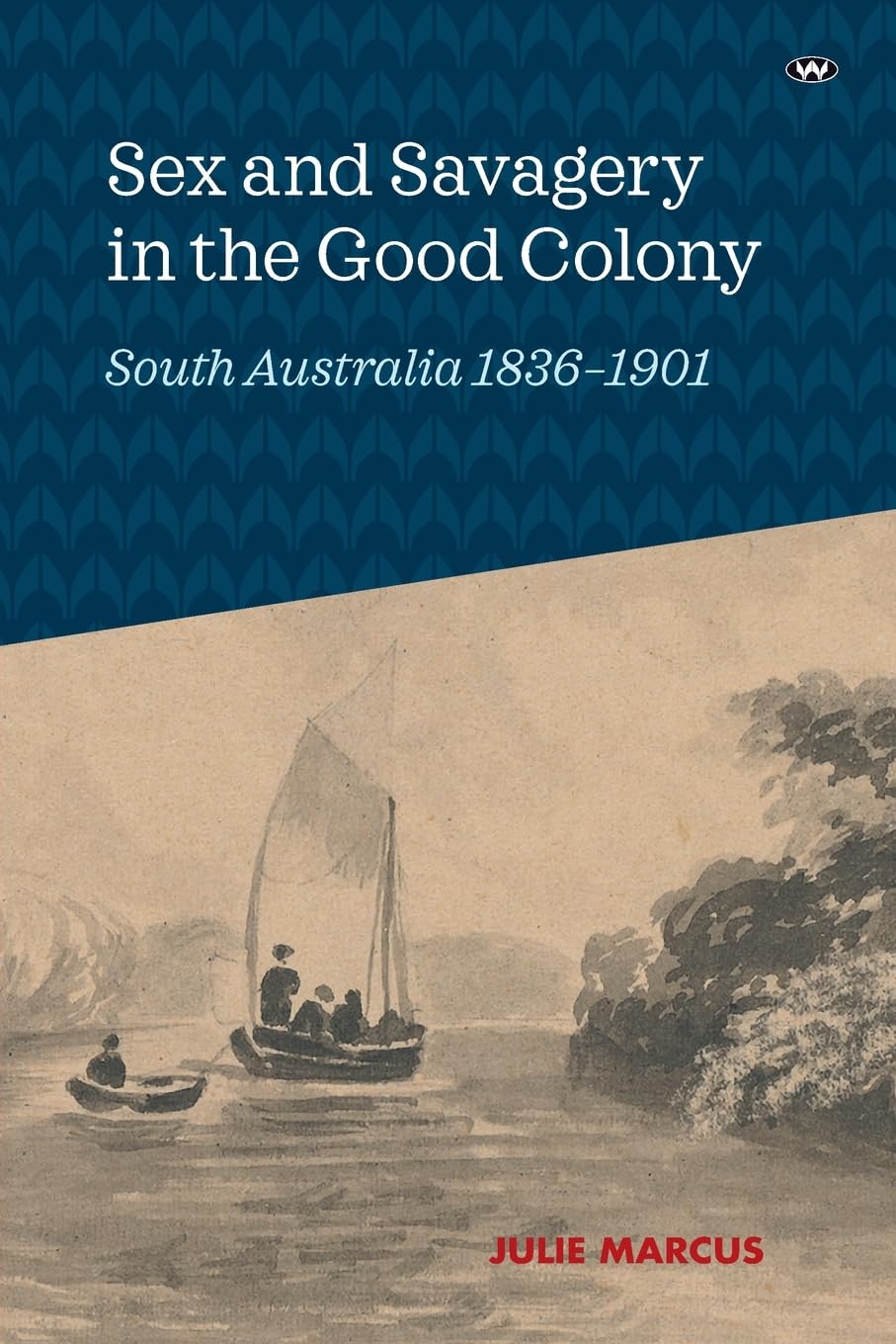

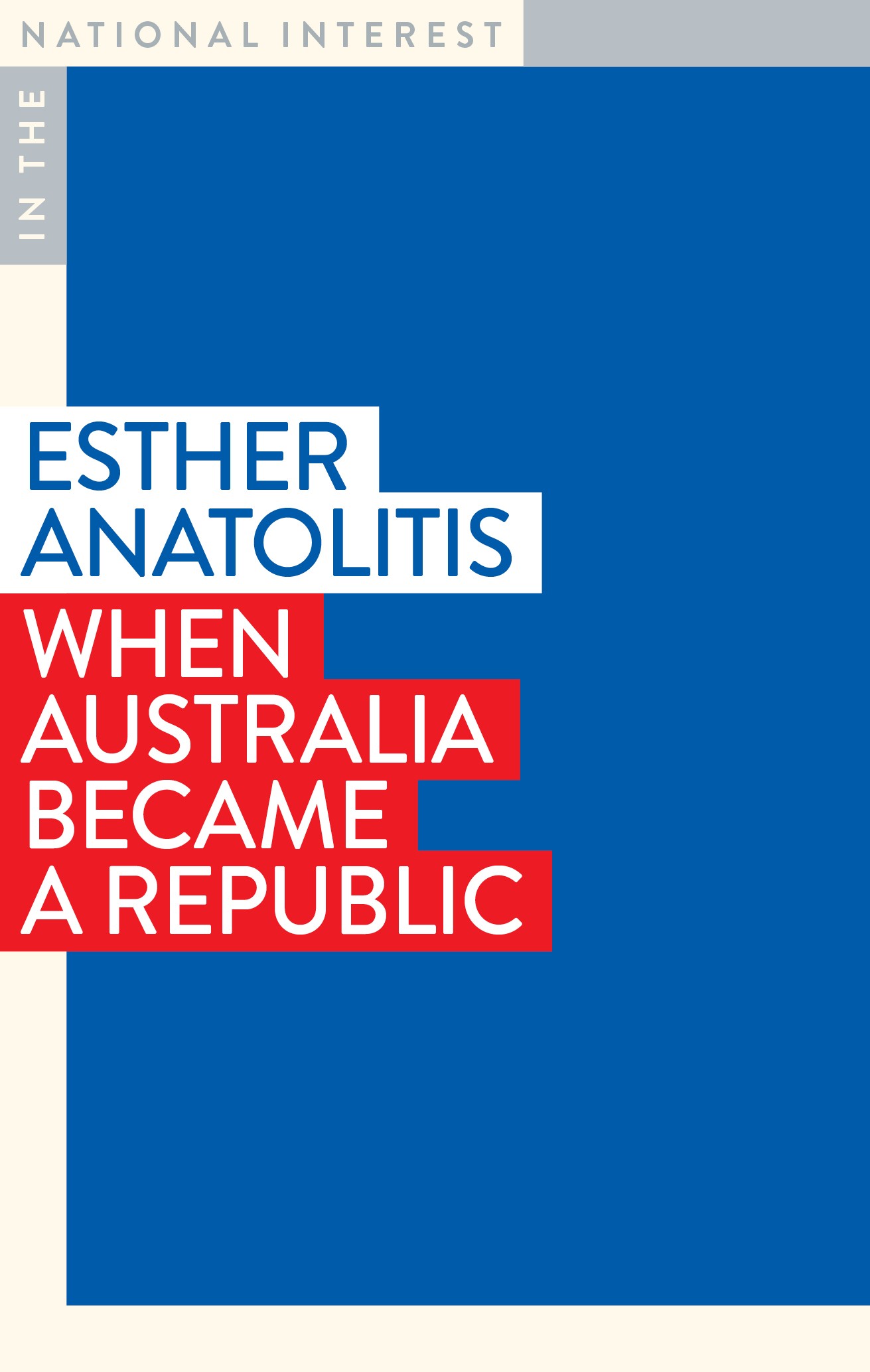


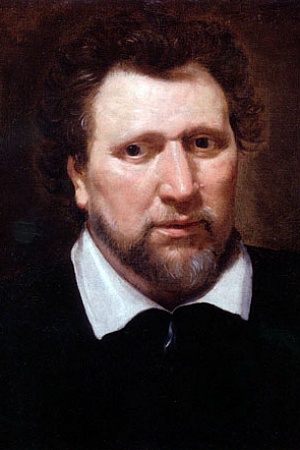
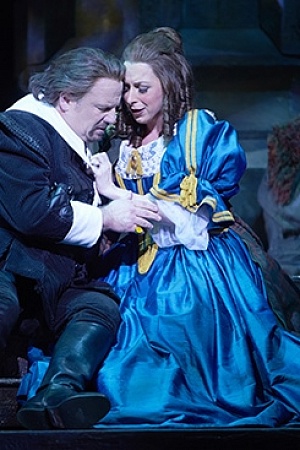
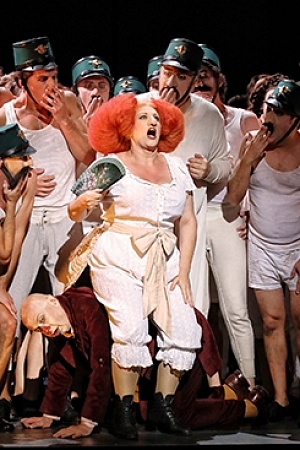
Leave a comment
If you are an ABR subscriber, you will need to sign in to post a comment.
If you have forgotten your sign in details, or if you receive an error message when trying to submit your comment, please email your comment (and the name of the article to which it relates) to ABR Comments. We will review your comment and, subject to approval, we will post it under your name.
Please note that all comments must be approved by ABR and comply with our Terms & Conditions.